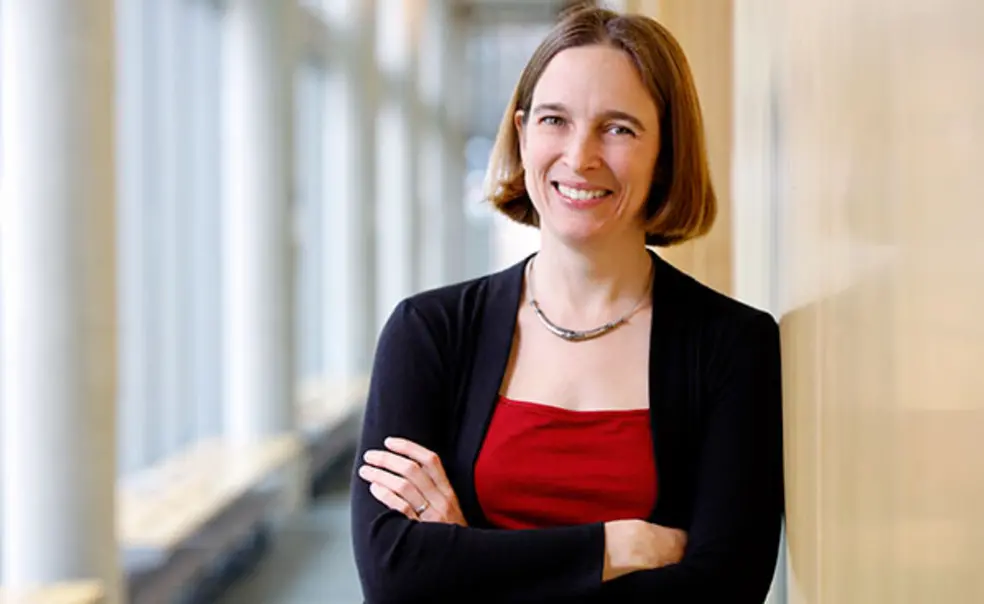Sociologist Wendy Cadge *02 Takes a Closer Look at Chaplaincy
Chaplains do their work in hospitals and fire houses, at seaports and airports, on college campuses, and among soldiers at military installations. While their daily routines may vary, the reasons for pursuing their ministries often converge.
“Most of them do what they do because they see in the opportunity to be with people at some of their most vulnerable moments a chance to really serve and be of support,” said Wendy Cadge *02, a professor of sociology at Brandeis University who studies chaplaincy. “Many of them will talk about how they don’t care what color the synagogue or the parish carpet is — that the sort of day-to-day bureaucratic process of leading an organization either isn’t in their interest or isn’t in their skill set. They find this deep connection around meaningful moments more personally fulfilling.”
Earlier this fall, Cadge founded the Chaplaincy Innovation Lab, a think tank headquartered at Brandeis that supports research, teaching, and the provision of spiritual care. The work evolved from her studies at Princeton under the guidance of sociologist Robert Wuthnow, director of the University’s Center for the Study of Religion. Cadge came to the Princeton with an interest in “American religion and the ways that it’s lived in the day-to-day,” she said. While writing her dissertation, an ethnography of Theravada Buddhism in the U.S. that would become her first book, she spent time in hospitals interviewing a Thai monk who was ill. Seeing the role of chaplains in the medical community led to research for a second book, Paging God: Religion in the Halls of Medicine, and she began to take a deeper interest in chaplaincy and its many forms.
Studying chaplaincy, Cadge said, allows for “thinking about broader questions about how American religion is changing.” Fewer people attend church regularly or have a religious affiliation, according to the Pew Research Center’s Religious Landscape Study, so it may be more common for one’s only encounters with spiritual leaders to come when meeting a chaplain, at a hospital or in the workplace. Seminaries seem to be aware of this trend: A quarter of all theological schools in the U.S. have chaplaincy training programs, a sharp increase that’s taken shape in the last two decades, at a time when overall enrollment in theological studies has declined.
The Chaplaincy Innovation Lab, Cadge said, aims to start a “common conversation” among these diverse religious institutions and identify the best training practices, based on evidence gathered through research. “I often speak very positively of chaplains, but I don’t see myself as a sort of unequivocal advocate of this kind of work,” Cadge said. “I want to be an advocate when there is evidence that the work is effective. And so to me the whole effort has to be grounded in the social science.”
The social scientists, she adds, “don’t always know what the right questions are, or how to ask them in the right way,” so the best research is collaborative and multi-disciplinary.
Cadge’s work connects her with other Center for the Study of Religion alumni, including Beth Stroud *18, who is researching the growth in chaplaincy training, and John Schmalzbauer *97, an expert in higher-education chaplaincy. Wuthnow also serves as a senior adviser to the Chaplaincy Innovation Lab, and he continues to be an inspiration for Cadge.
“From Bob I learned how to listen, … how to really go after questions and not pay that much attention to disciplinary borders, and how to foster and grow intellectual communities,” she said. “He’s modeled the kind of teacher and mentor that I want to be.”












No responses yet